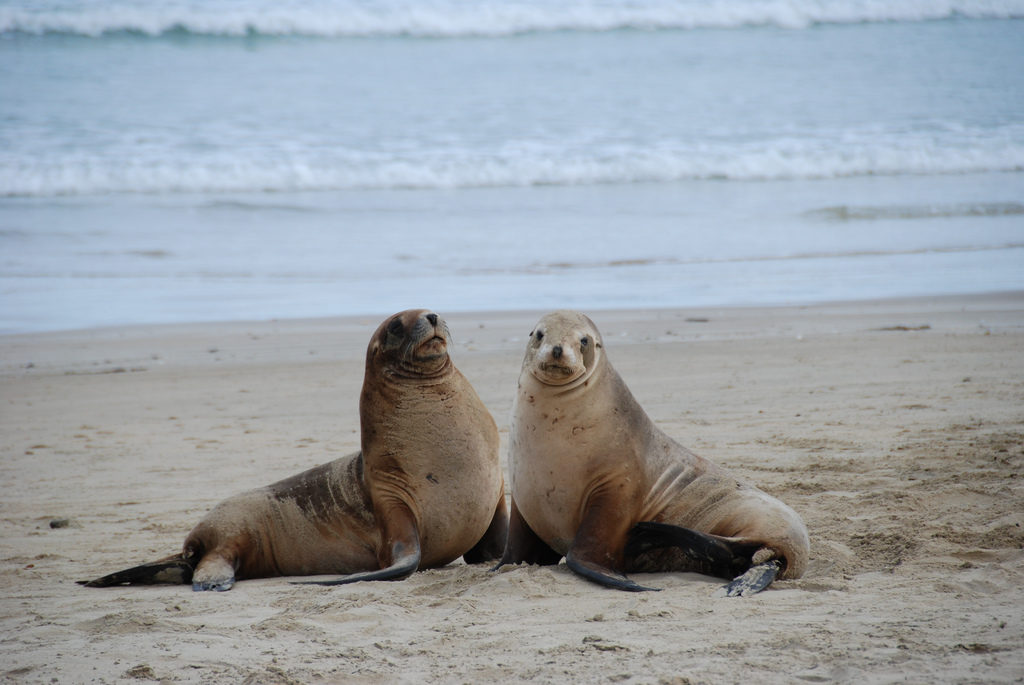Ancient DNA research has been applied to demonstrate the dynamic response of natural ecosystems to human impacts, with the discovery of distinct genetic lineages of coastal megafauna on New Zealand’s coastline prior to human arrival that have since been replaced by subantarctic sister-lineages.
Human expansion across the globe has driven large animals (megafauna) to extinction in numerous parts of the world. Polynesian colonization of New Zealand around 750 years ago, for example, led to the rapid elimination of numerous iconic species such as the Moa. But how does nature respond to such extinctions? We used ancient DNA (aDNA) techniques to show that species can respond quickly to such extinction events. At the time of human arrival, New Zealand’s mainland shores supported large endemic marine mammal and bird populations, including the New Zealand sea lion and the Waitaha penguin. The remains of these unique coastal megafauna, like the Moa, are found in middens throughout mainland New Zealand suggesting that human hunting saw these coastal megafauna driven to extinction.
But, in the case of New Zealand’s coastal animals, these faunal groups are not absent from our coastline today. Comparison of aDNA data from naturally deposited and archaeological bones to modern populations of sea lions and penguins revealed that these now extinct populations were replaced within a few centuries by subantarctic sea lion and penguin lineages that expanded north from cold waters south of New Zealand. The subantarctic sea lion and penguin lineages are likely to have always had the potential to disperse northwards, but the presence of established lineages on the mainland may have prevented them from establishing populations on the mainland. These findings suggest that natural ecosystems can be rapidly reshaped following human impacts.
Are you the author of this article? We had a site crash back in 2016 and lost some author attributions. We promise this is not a snub! Please email us and let us know that this is your post. Thanks and apologies!


